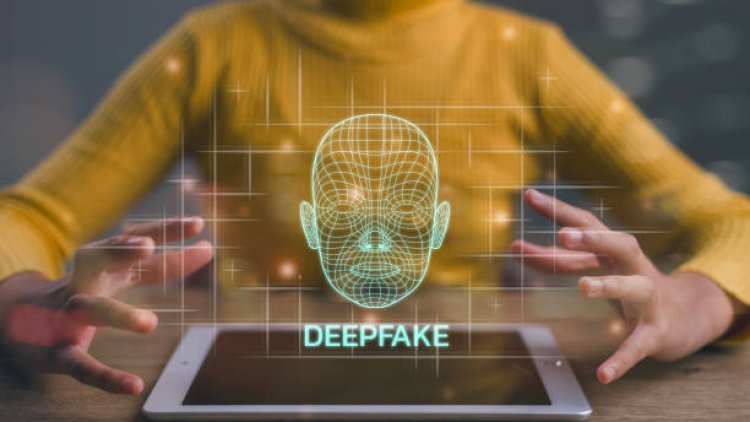Deepfake Detection using Modern Artificial Intelligence Software
The increased popularity of deepfakes, a controversial and concerning innovation in artificial intelligence, has made deepfake detection extremely important.
Share this Post to earn Money ( Upto ₹100 per 1000 Views )

One of the biggest dilemmas and problematic pieces of technology that has emerged in the last few years is deepfake technology. This piece of tech has created many different questions regarding authenticity, reliability, privacy, and consent in the modern world of the internet.
With the fact that this technology can be abused and misused so easily, it has become important for there to be effective deepfake detection software. This software makes it easier to prevent malicious use of this technology.
In today’s blog, we will talk about modern, artificial intelligence-powered methods of detecting deepfakes.
What is a Deepfake?
What is deepfake technology in practical terms? While most people tend to have some idea of what a deepfake is supposed to be, most people do not know how one is made or how it works. To understand how we can counter this, it is first important to learn and understand what it actually is.
A deepfake is an artificial image or video, that is created by a special process of machine learning that is usually referred to as deep learning (hence ‘deep’ fake), and then imprinted onto an existing piece of footage.
What that means in practical terms is a computer algorithm is provided with a large chunk of examples of what it is supposed to make, and it then ‘learns’ what the required footage looks like. Subsequently, it can take that learned piece of data, say a face, and implant it onto the body of another person in a different piece of footage.
The Potential Impact of a Deepfake
The reason that deep fake AI technology is much more problematic than a photoshopped image or simple face-swapping apps is that because it uses deep learning techniques to create a more high-quality image, the product is much more believable and realistic looking compared to any of its contemporary technologies.
This is what makes deepfakes concerning, and potentially dangerous. In today’s world, the majority of people get most or all of their information from online platforms, many of them social media. The overwhelming majority of these online platforms are places where anyone and everyone is welcome to create and share whatever form of media and content their heart desires.
What this means is that with AI Deepfake technology becoming easier and easier for the average person to access, more and more people, many with possibly malicious intent, will be able to create and release information as they see fit.
Malicious Use
We can think of this on two scales. The first, at a smaller level, can involve scams where a doctored video or image is used to siphon funds from an individual by pretending to be someone like a relative or an employer who needs money. It can be as simple as claiming to be some influential person, pretending to run an investment scheme that can multiply your money, and many people will be fooled.
On a larger scale, deepfakes of people with national or international influence might be used to motivate or influence people towards or against certain ideologies or messages. It is not too difficult to imagine a deepfake of an influential individual right before a potential political election, asking their followers to vote for a particular candidate, giving them the sway that they require to win an election.
Conversely, in a similar scenario, someone might create a deepfake of a political candidate where they say something completely out of line with their voters or outrageous, making them lose any and all possibility of winning the election. The speed at which information spreads and the sluggish pace at which accuracy is verified only exaggerates this issue. It can be used to incite discrimination, violence, and even full-out physical conflict in some cases.
The Modern Method of Deepfake Detection
In this landscape where it is extremely important to verify whether content is authentic or made using deepfake technology, Liveness detection has emerged as a form of tech that can be used as a solution.
Liveness Detection
Liveness detection is a form of advanced biometric authentication that analyzes whether the input provided to the system is from the individual, or digitally created in some manner.
Facial liveness for example can be detected by analyzing features of the face like eyes, nose, and mouth to see whether their movements seem natural or artificial, like from a deepfake face. Advanced forms of 3D Liveness can add an additional layer of protection.
Voice liveness similarly analyzes specific characteristics of voice including pitch, tone, and other speech patterns to detect whether it is an actual person’s voice or a doctored piece of audio.
Closing Thoughts
As deepfakes and deepfake technology become more and more prevalent, advanced, and particularly more and more accessible, the potential for misuse will multiply manifold. In such a scenario, having accurate and reliable software that can distinguish digitally created content from authentic ones is and will become an essential tool in many fields and areas.

 SarmadAli
SarmadAli 













